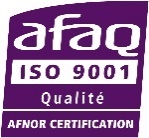PUBLICATIONS
Yellow-brown synthetic diamonds found in “mixed” diamond batches
Aurélien DELAUNAY
The French Gemmology Laboratory (LFG) has just analysed several thousand yellow-brown diamonds commercially referred to as “cognac” diamonds (Figure 1). These diamonds measure between 1 and 2.5 mm in diameter. Their colours vary from yellow with brown hues to yellow with grey or orange hues.
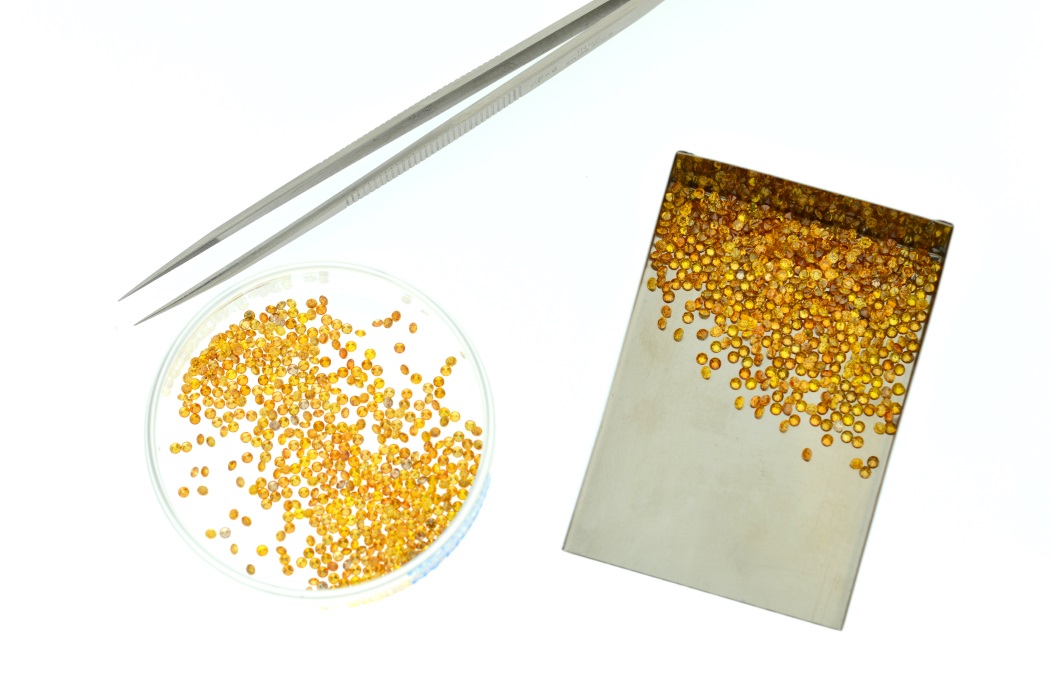
Figure 1: batches of mixed diamonds analysed recently at the LFG (photo A. Delaunay, © Laboratoire Français de Gemmologie)
The diamond batches analysed at the LFG are weighed and counted before any analysis. They are then analysed in infra-red spectrometry using a special automated batch analysis system developed in partnership with the manufacturer and for which a patent has been filed (see Figure 2).
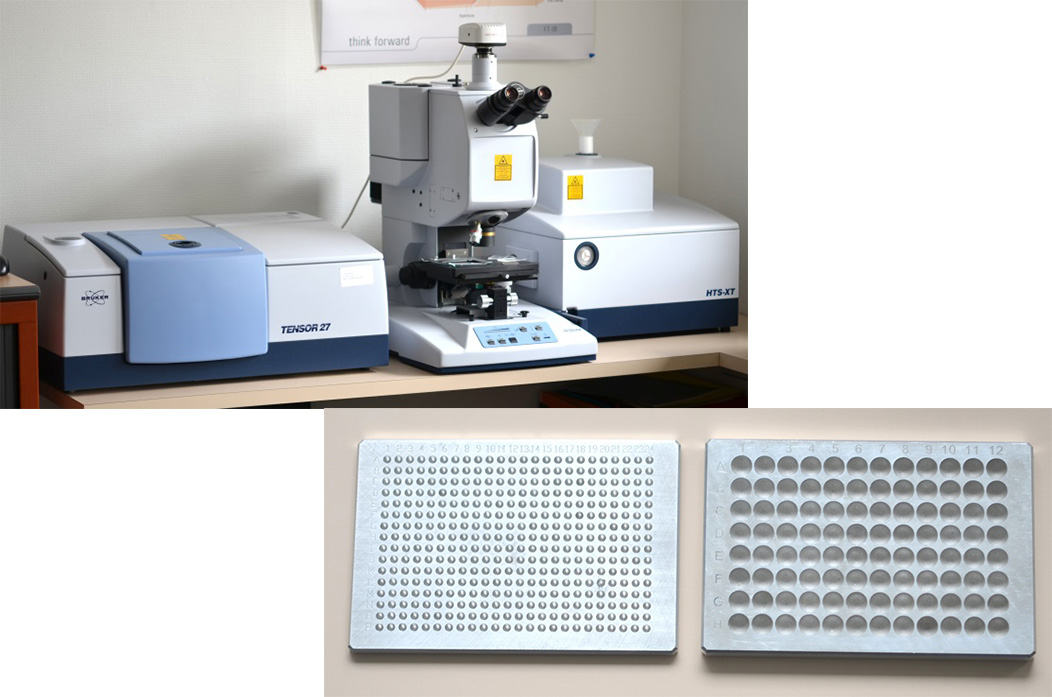
Figure 2: automated system for analysing batches of mixed diamonds with a plate that can contain almost 400 diamonds (photos A. Delaunay, © Laboratoire Français de Gemmologie).
Before producing each stone’s infra-red spectrum, all the diamonds are observed under excitation via long and short ultraviolet radiation (UVL: 365 nm and UVC: 254 nm). Below is an example of a plate filled with diamonds seen in visible light, under long and short ultraviolet rays. The diamond placed on J18 has more intense luminescence when exposed to UVC than to UVL, under which it is practically inert (Figure 3). This criterion has often been indicated for detecting HPHT synthetic diamonds.
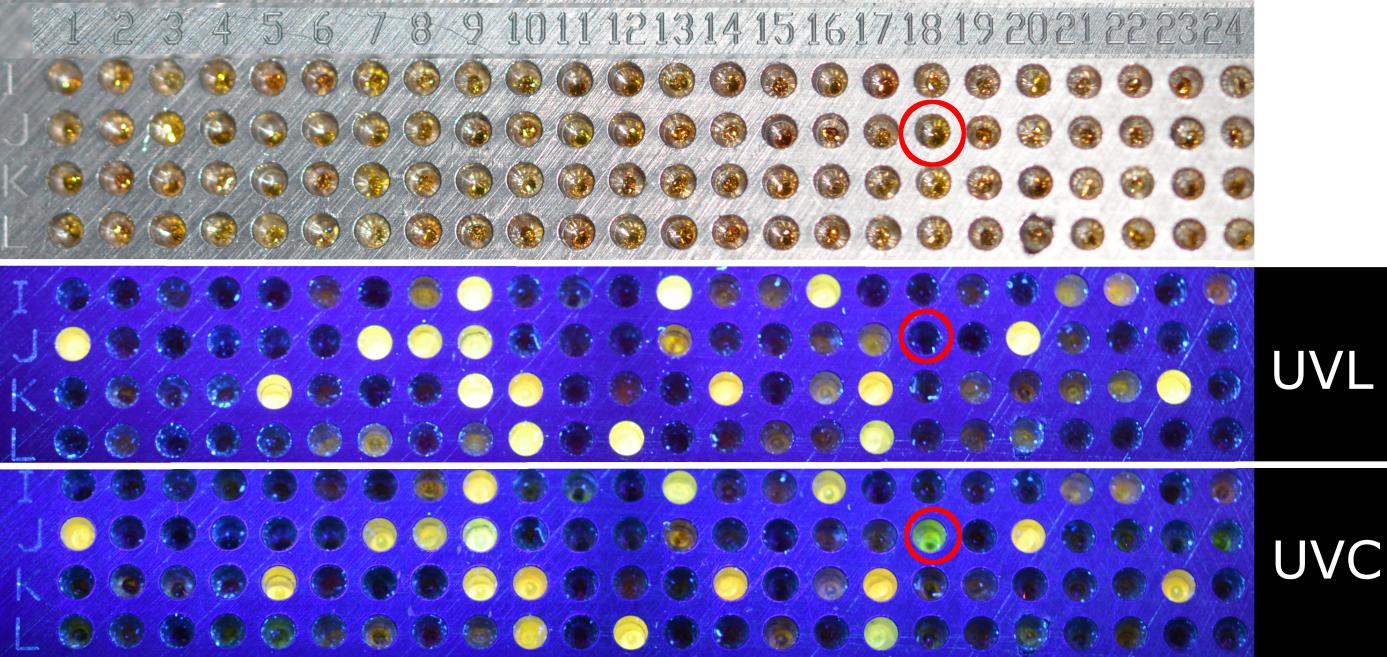
Figure 3: observing the luminescence of a batch of diamonds. The diamond positioned on D18 has a green luminescence when exposed to UVC and is almost inert when exposed to UVL, possibly an indication of synthetic character (photos A. Delaunay, © French Gemmology Laboratory).
These yellow-brown diamond batches contain only type I diamonds, i.e. diamonds containing nitrogen, in aggregated (type Ia) and/or isolated (type Ib) form. Some of these diamonds are very rich in nitrogen and hydrogen, proving their natural character. Others contain only isolated nitrogen atoms, thus Ib-pure type atoms, which can occur in diamonds of synthetic origin (Figure 4). This system can thus be used to prove that they are diamonds. It informs in most cases of natural origin, or suggests continuing the analysis to prove that they are synthetic.
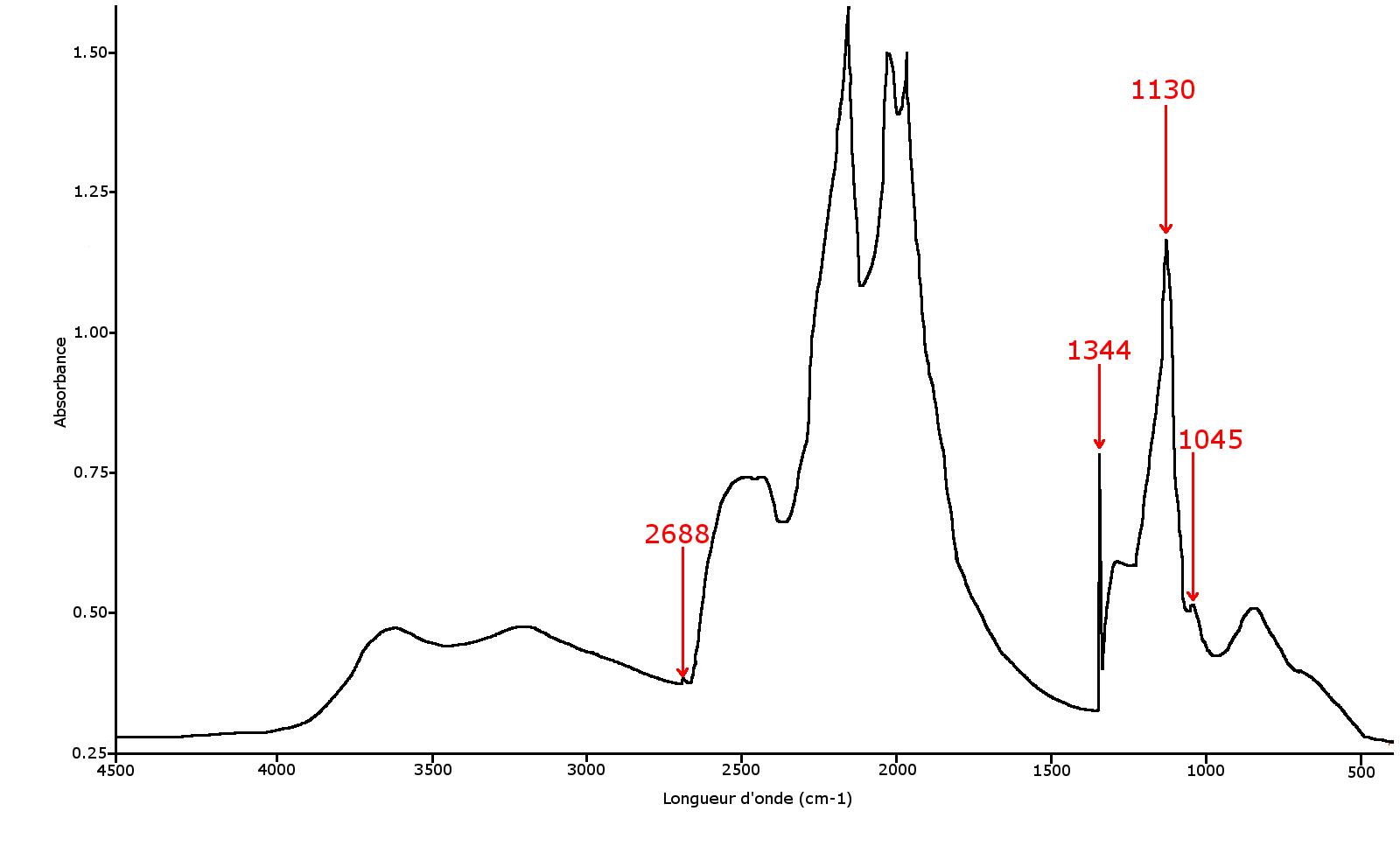
Figure 4: infra-red spectrum of the J18 diamond previously observed under UV, typical of a pure Ib HPHT synthetic diamond. The isolated nitrogen atoms, or C centre, are characterised by absorptions at 1045, 1130, 1344 and 2688 cm-1.
The potentially synthetic diamonds isolated by their luminescence and/or infra-red spectrum are then observed under the microscope. Typical inclusions such as scattered pinpoints, inclusions in “bread crumb” formation can be characteristic of HPHT synthetic diamonds (Figure 5a and 5b).
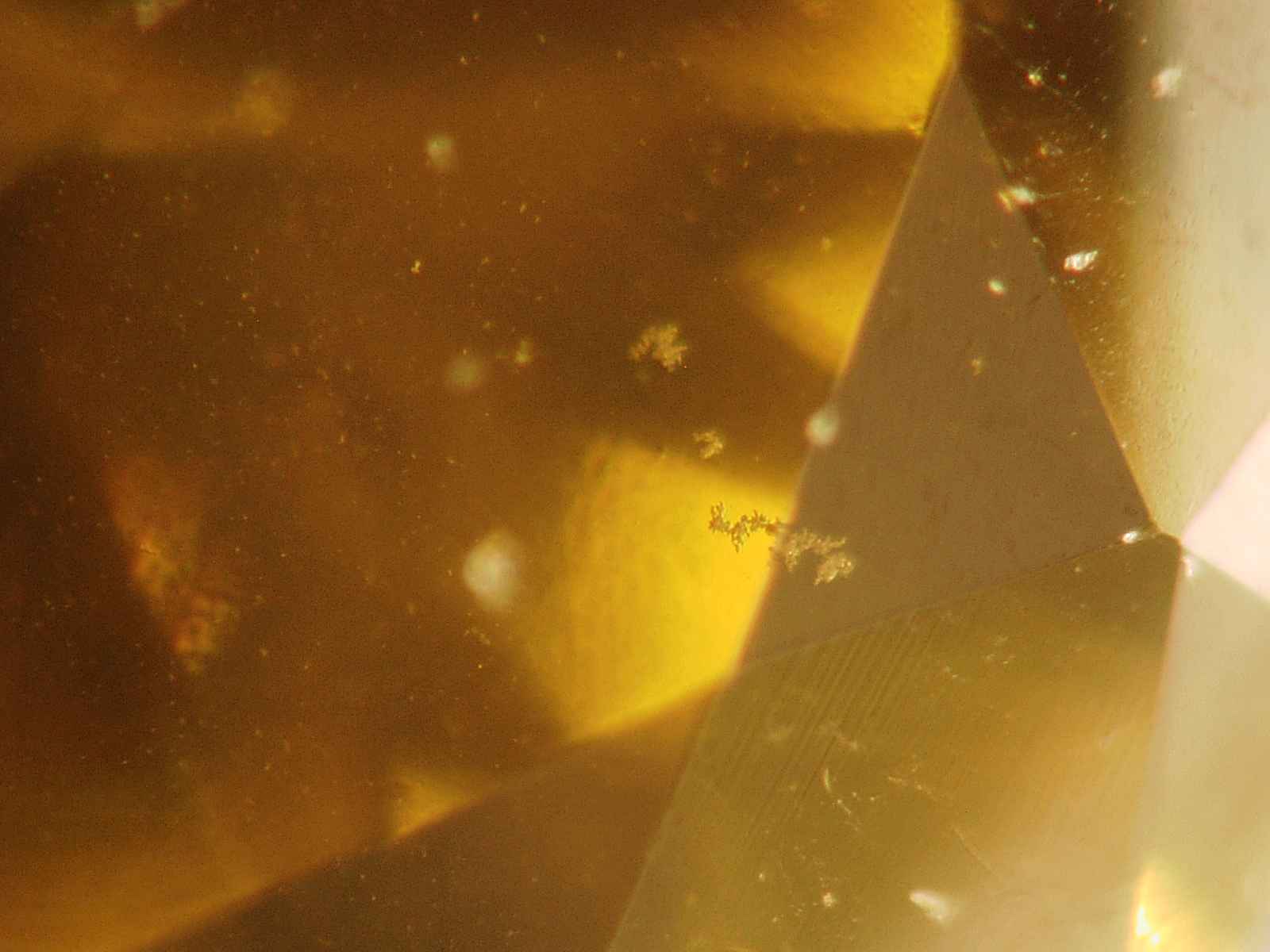

Figure 5: inclusions in bread crumb formation (shown left) and in scattered pinpoints (shown right) characteristic of HPHT synthetic diamonds, x320 magnification, photos A. Delaunay, © Laboratoire Français de Gemmologie
Each potentially synthetic diamond is then observed through the DiamondView™, a luminescent imaging device with a high energy UV source (about 220 nm). DiamondView™ makes it possible to observe diamond growth morphology. A diamond produced in the laboratory will have a typical internal morphology with octahedral and cubic growth sectors forming a cross in certain directions (Figure 6a, 6b and 6c). Natural diamonds, in contrast, will have different structures (Figure 6d). For this colour, traces of deformation (“graining”) forming the fine parallel lines seen in figure 6d would seem more likely.
Figure 6: DiamondView™ luminescence images of 3 synthetic diamonds with varying characteristics (a, b, and c) and a natural diamond (d)
Low temperature photoluminescence spectra (liquid nitrogen temperature: -196°C) are then produced to highlight the synthetic character of all “suspicious” diamonds. To produce the photoluminescence spectrum, the LFG uses a Raman Renishaw Invia spectrometer equipped with 3 different lasers (325, 514 and 633 nm), which excite and identify almost all flaws present, even in very small quantities. All synthetic diamonds observed in these batches show emissions at 728 nm characteristic of the nickel used in the manufacture of synthetic diamonds (Figure 7).
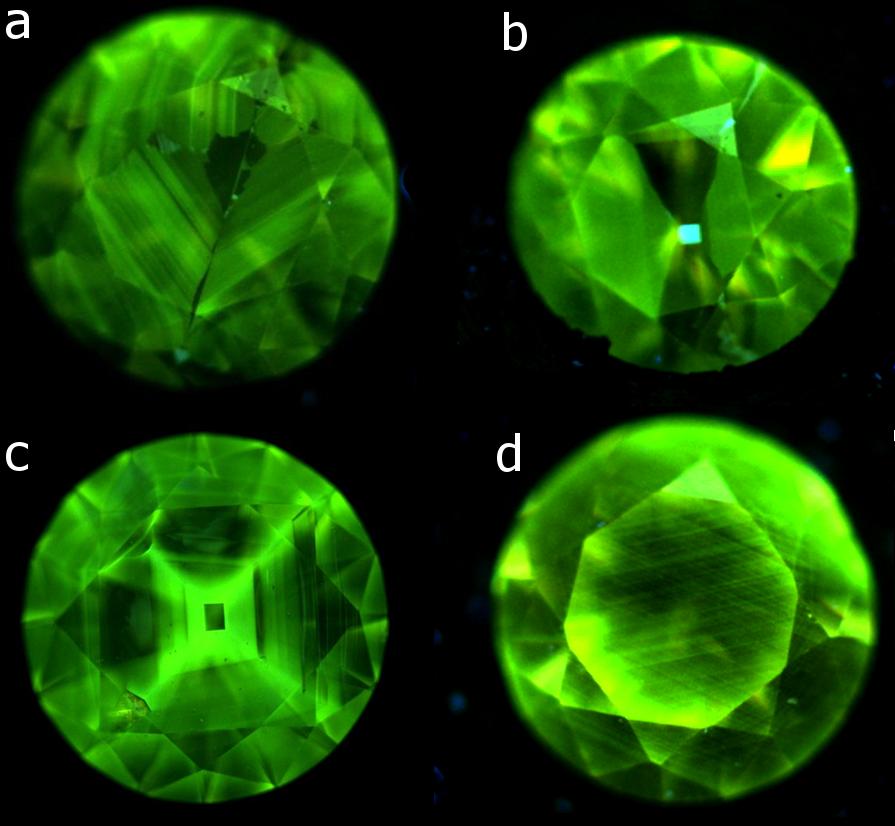
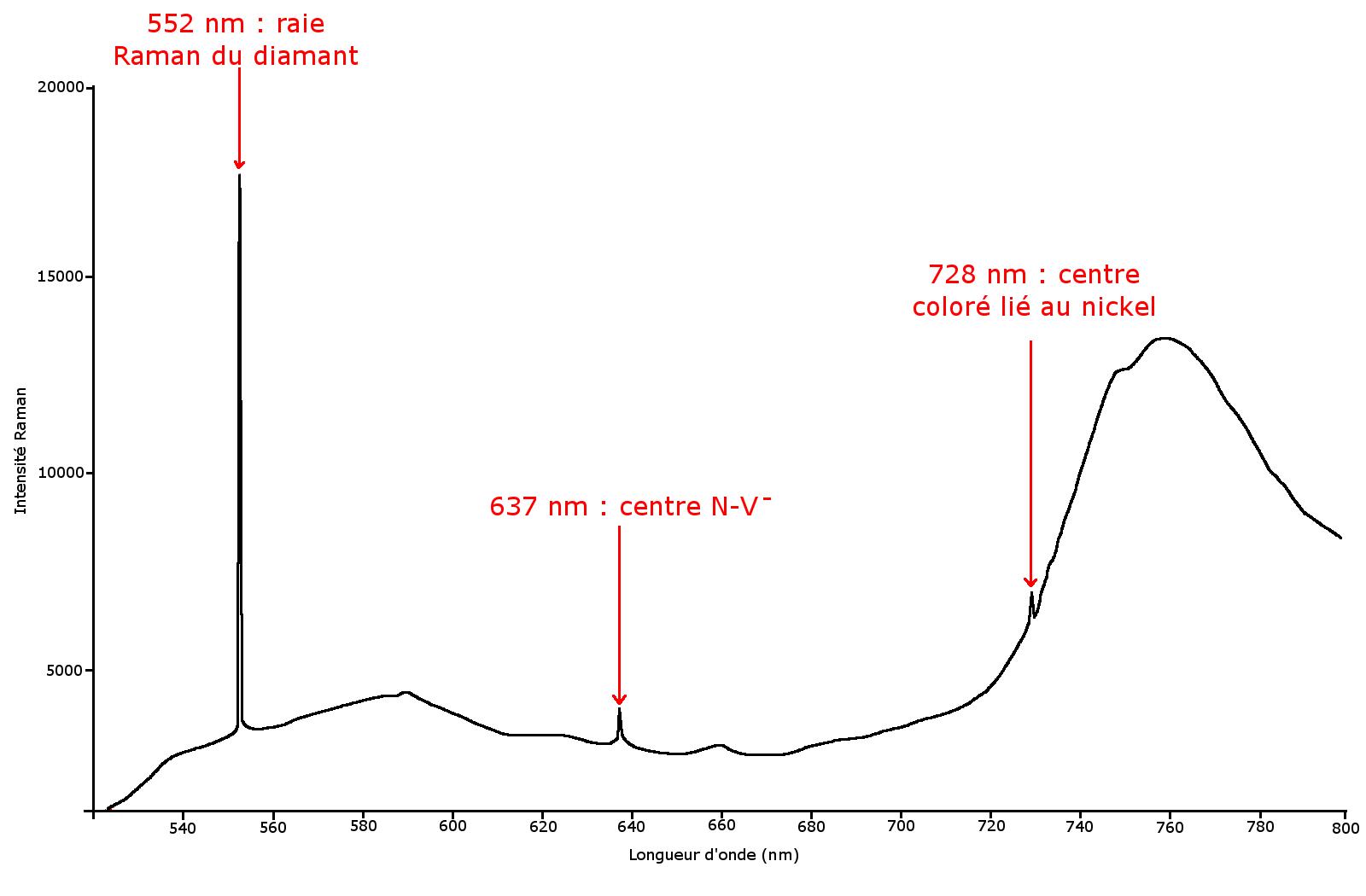
Figure 7: photoluminescence spectrum of a synthetic diamond excited at 514 nm indicating the presence of N-V centres– 637 nm and nickel 728 nm.
This analysis of batches of several thousand “cognac” yellow-brown diamonds reveals the presence of synthetic diamonds in the mixed batches on the market. Many alerts have been written about the presence of synthetic diamonds in batches of yellow mixed diamonds, but these are the first synthetic diamonds in batches of yellow-brown diamonds, known commercially as “cognac”.

